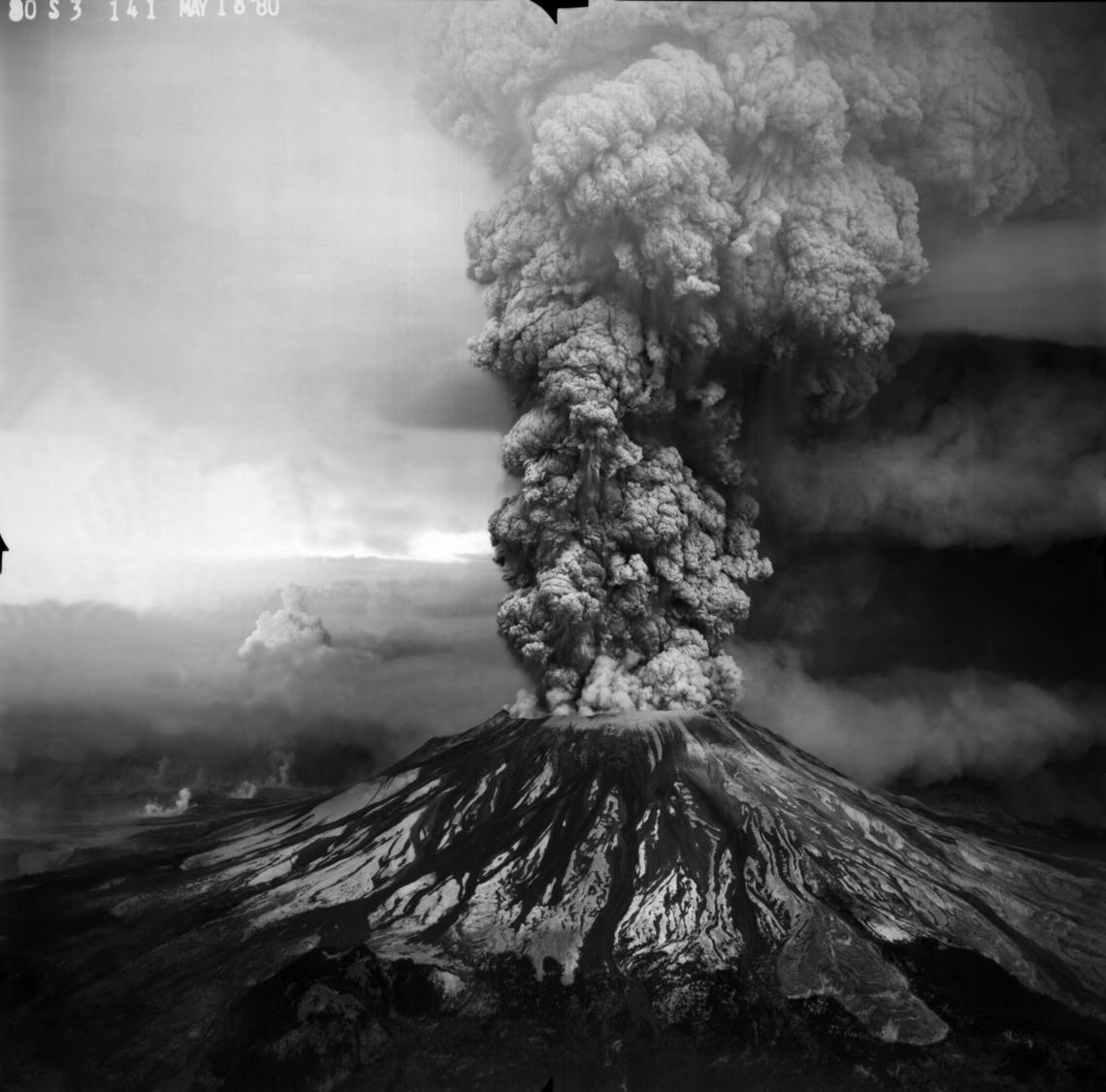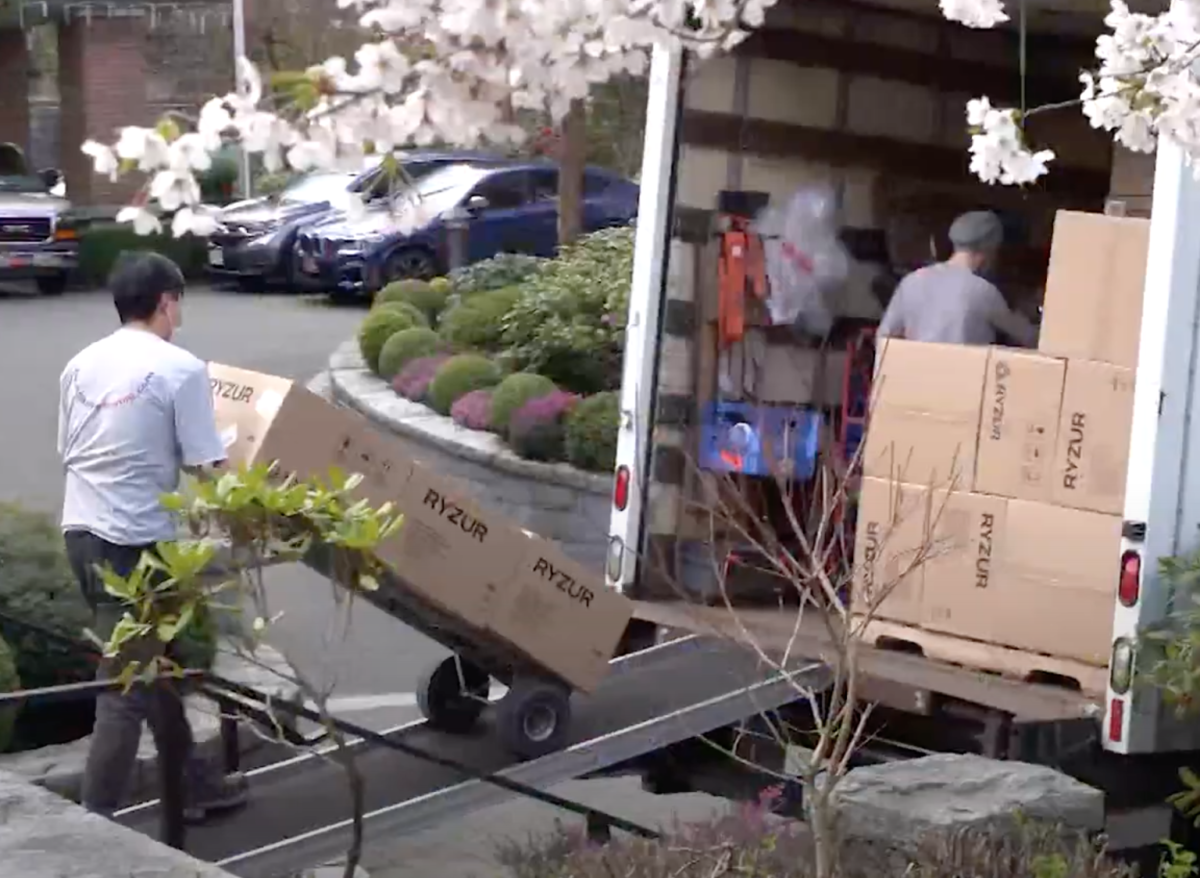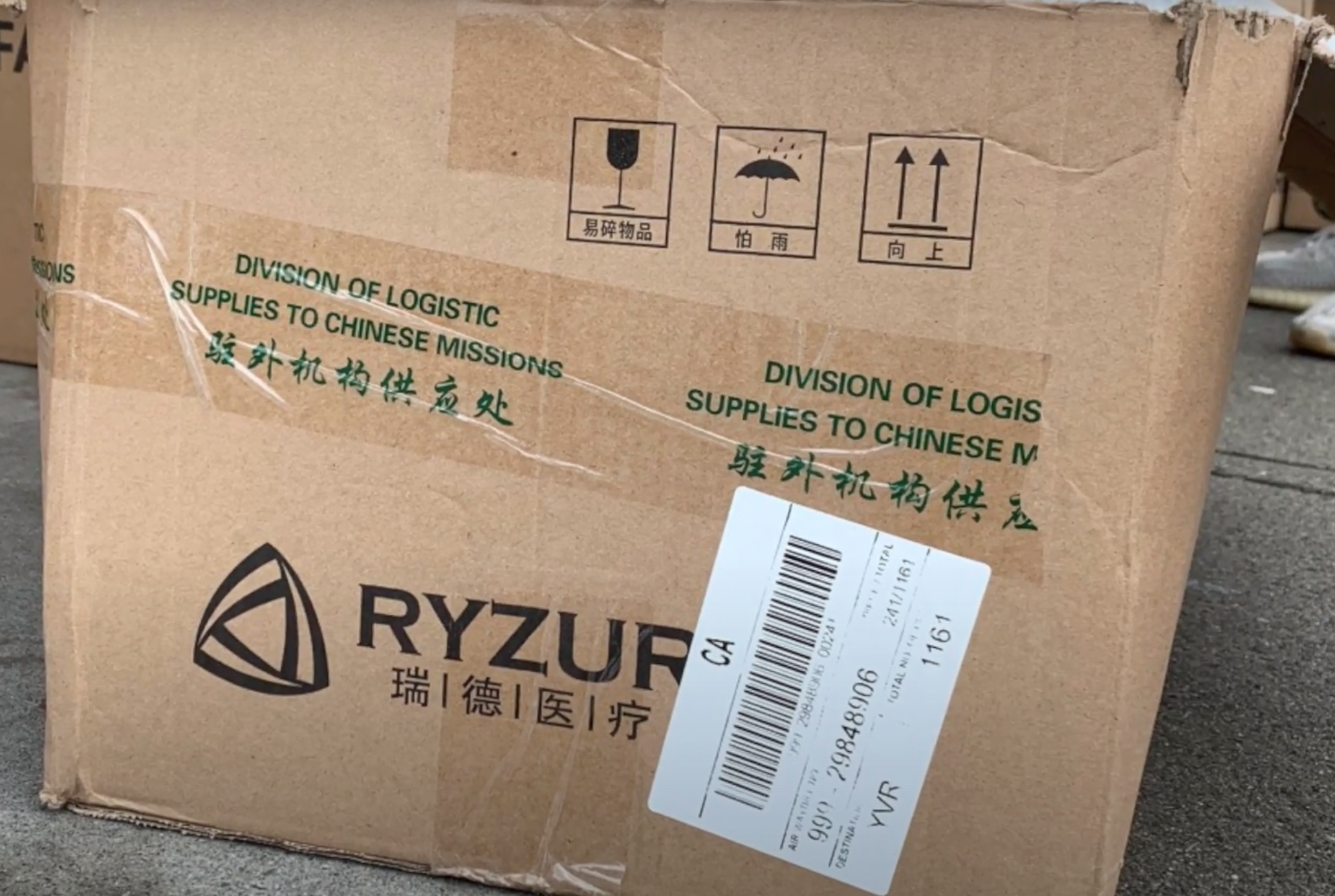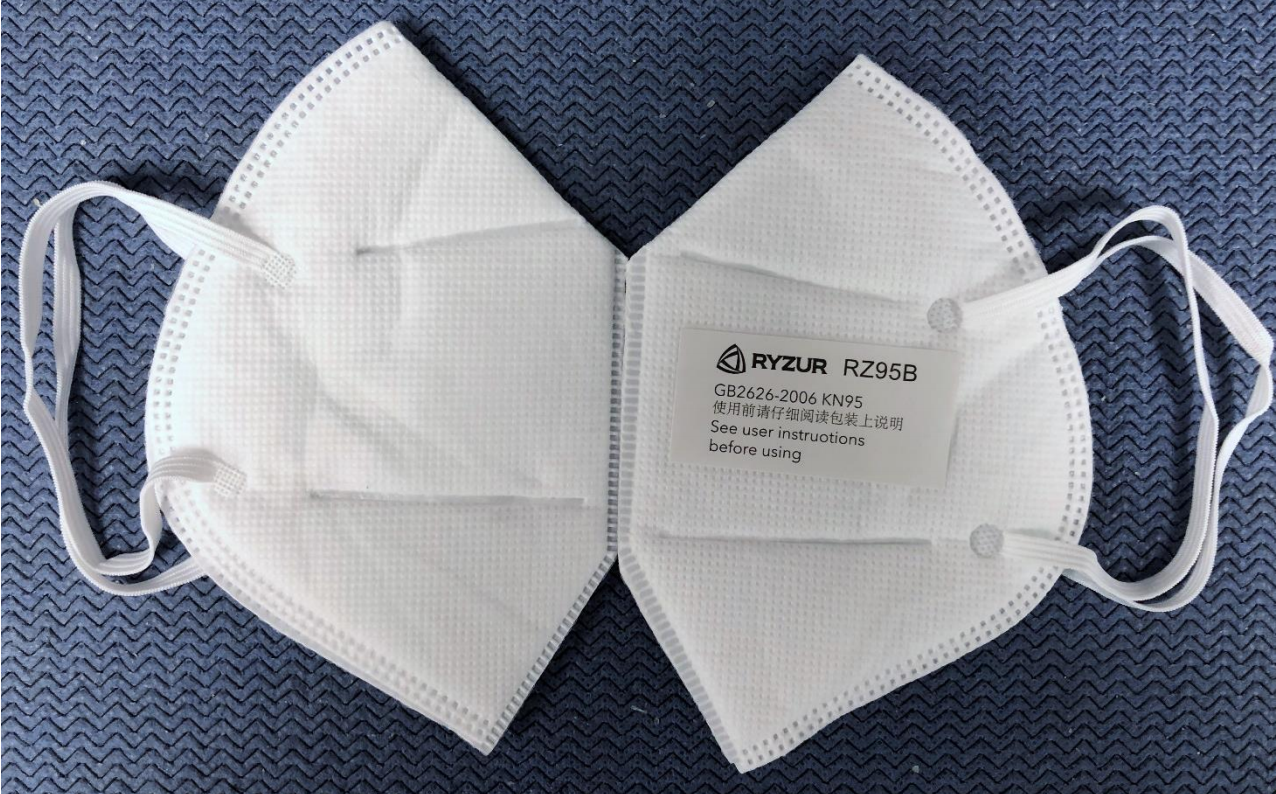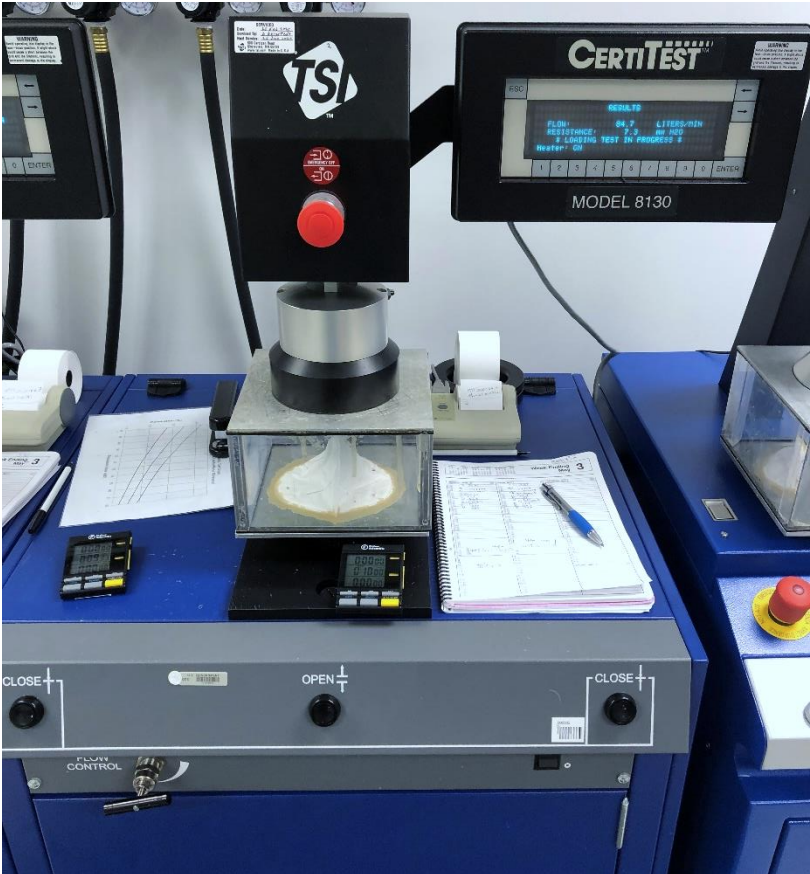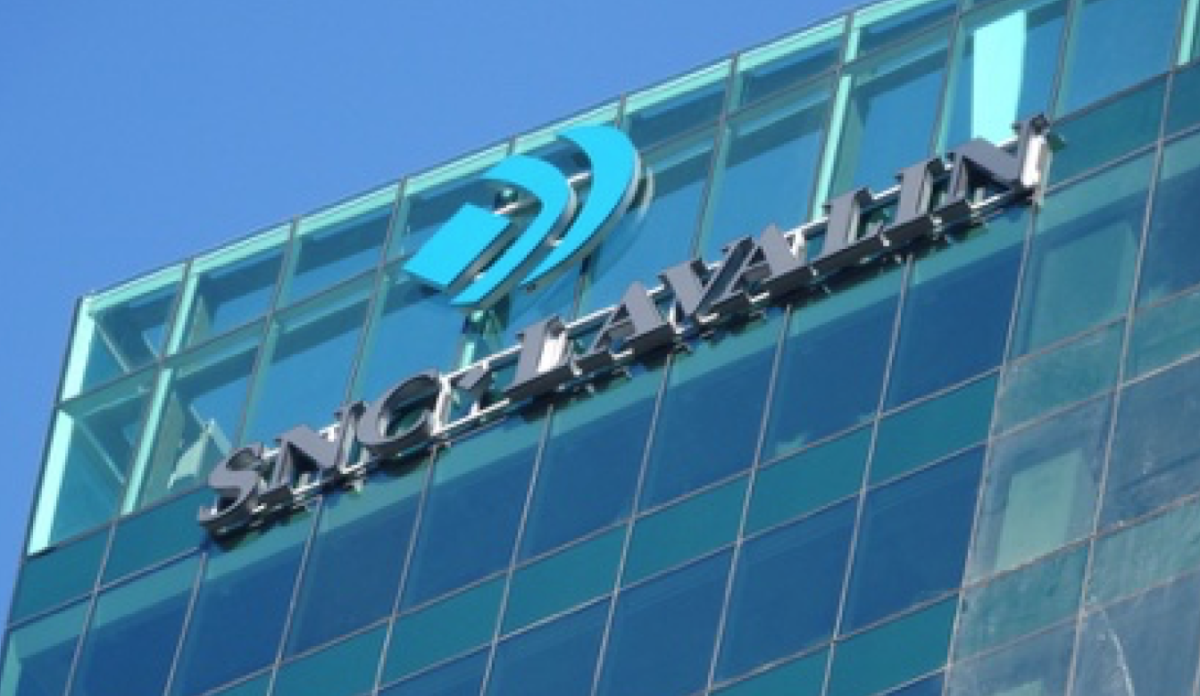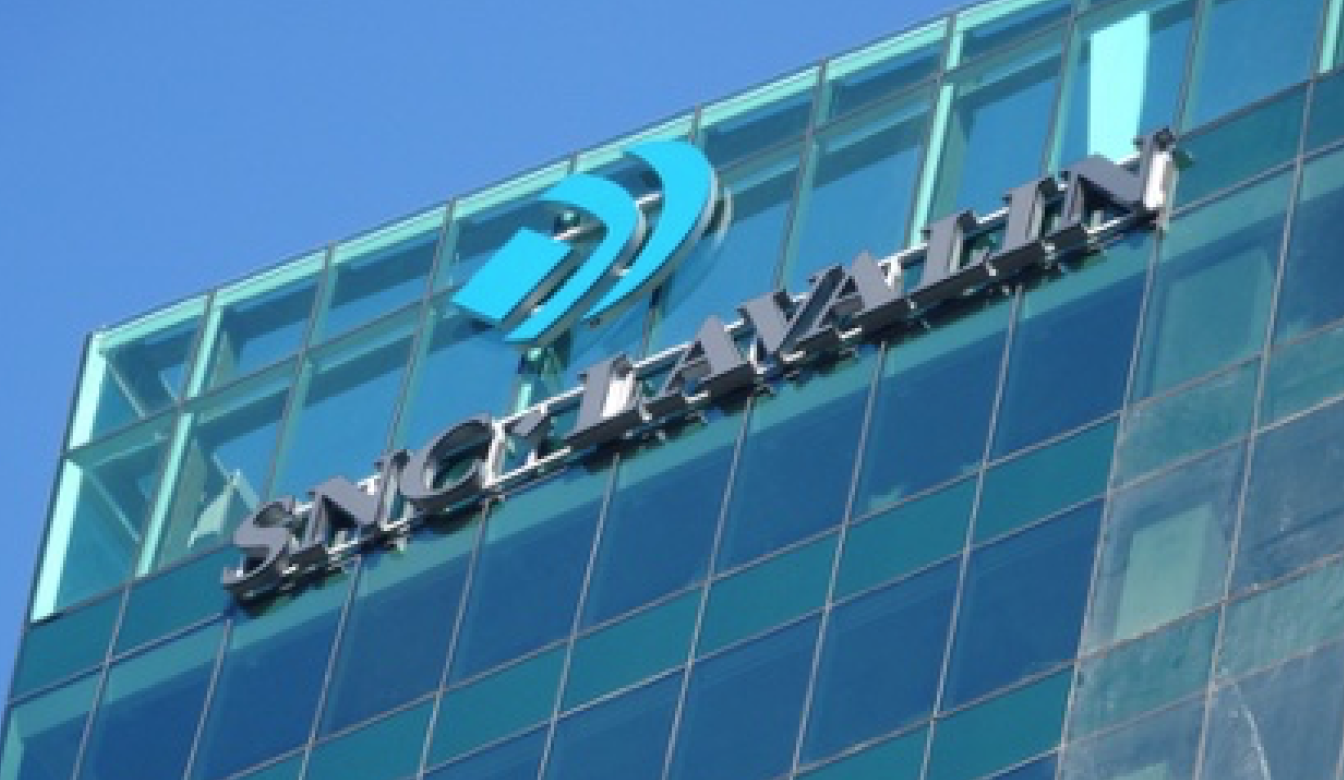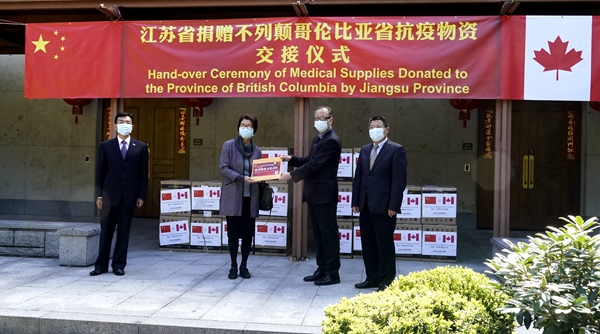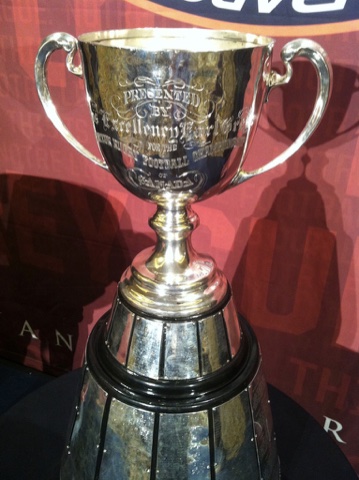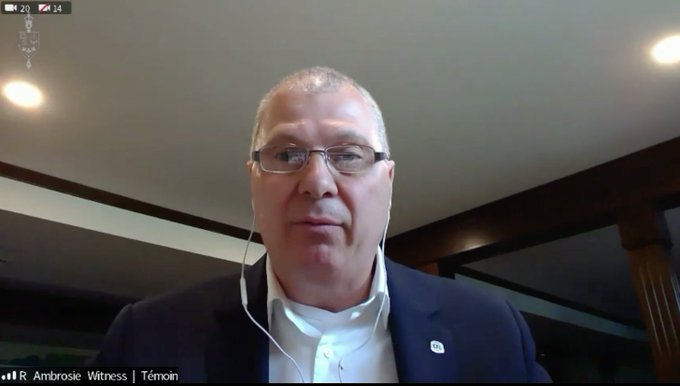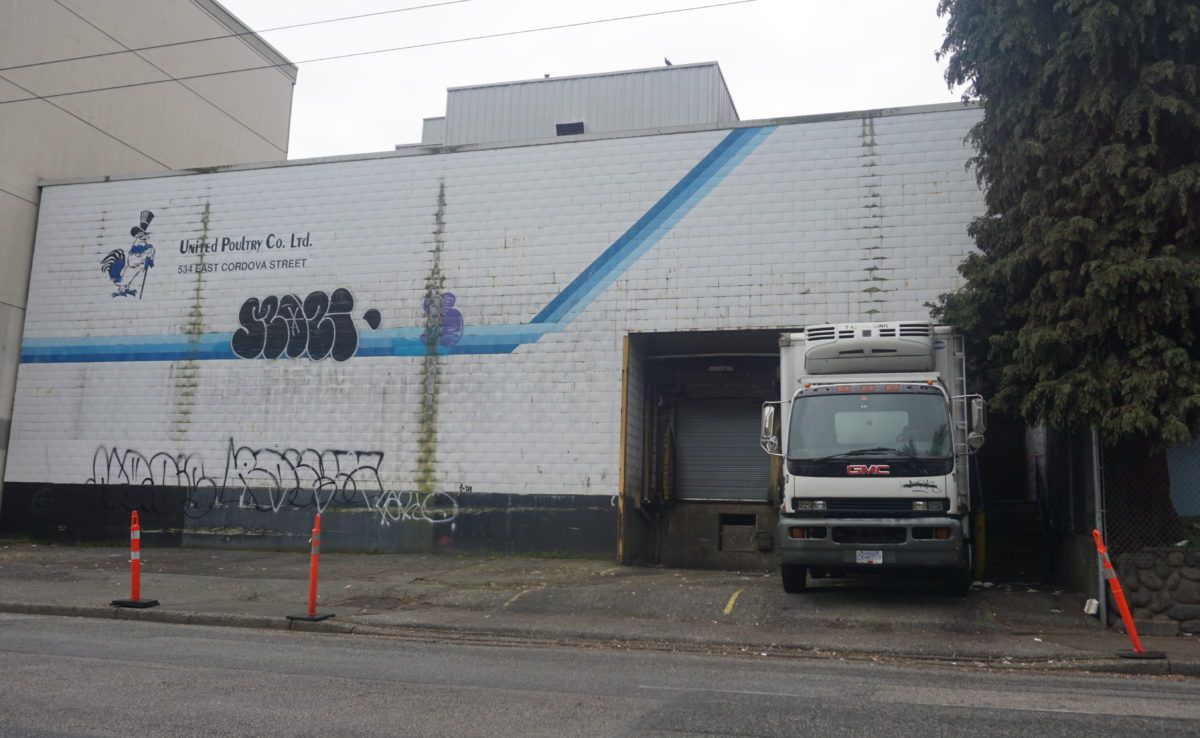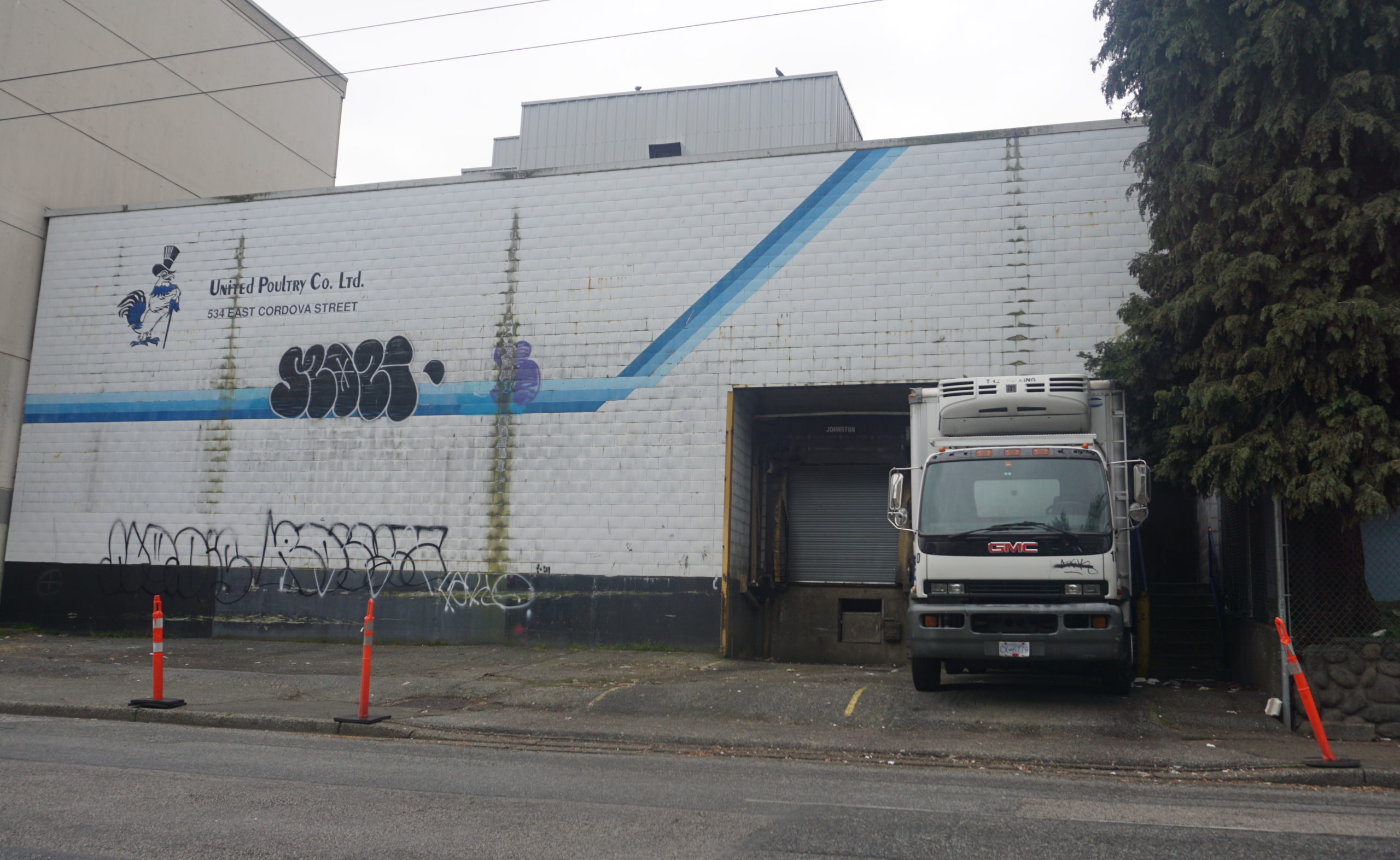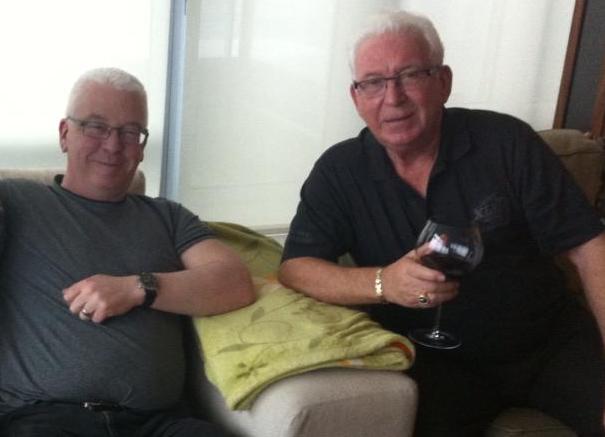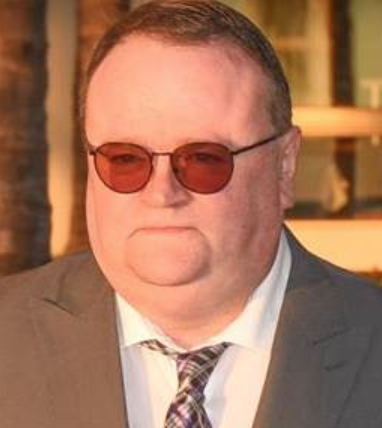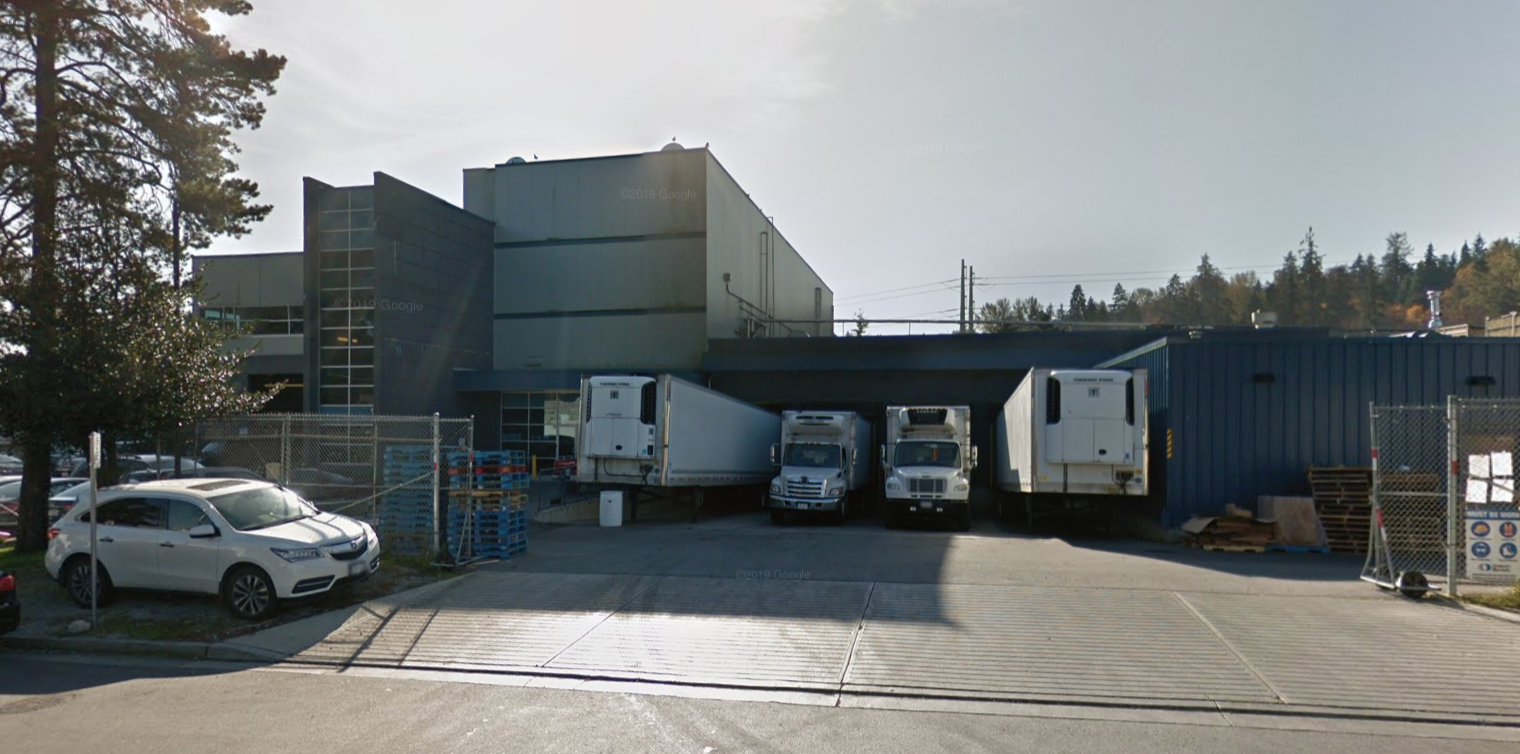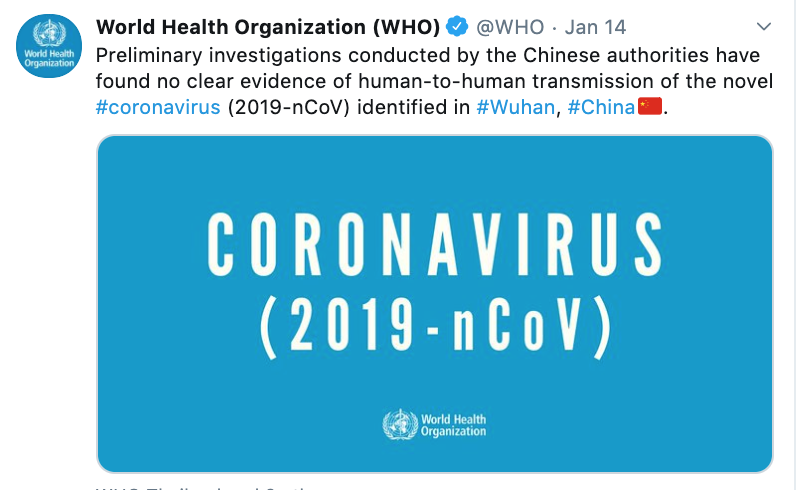Bob Mackin (Updated May 13)
The RCMP completed its investigation of illegal donations by lobbyists eight months ago and recommended no charges.
That, according to a statement issued May 11 by special prosecutor David Butcher.
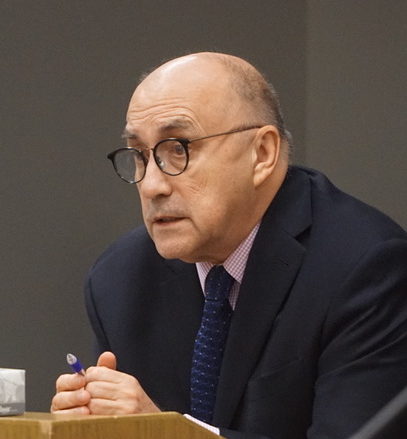
Special prosecutor David Butcher (Mackin)
Butcher’s statement, via B.C.’s public prosecution service, included a synopsis of the RCMP’s final report, which stated that the initial review from Elections B.C., whistleblowers and independent media suggested the scope of the problem was “significant and systemic.” But the Mounties’ investigation found no information to support the broad allegations.
“Both statistical and individual analysis of the donation data failed to identify a significant volume or pattern of donations,” the report said.
Butcher’s statement does not explain the reason for the delay, although he is one of two special prosecutors in the investigation of the B.C. Legislature corruption scandal, uncovered by Speaker Darryl Plecas.
Independent watchdog Dermod Travis of IntegrityBC is surprised with Butcher’s long overdue statement, after so many years of investigation.
“It’s as though he’s taken parts of various reports, copied parts he’s liked, pasted them together, hoping they’d be coherent,” Travis said in an interview. “It raises issues that, number one, were never part of the allegations. Number two, weren’t relevant to the allegations, you’re talking about how much money the BC Liberals raised, how much the NDP raised, you’re talking about that they were unable to identify a pattern of donations. If you go look at the by-elections at the time, there’s a distinct pattern of a lobbyist donating to a by-election candidate.”
In his statement, Butcher wrote that the RCMP found the BC Liberals received $44.9 million from 11,963 donors from 2013 to 2017, mostly large corporations in mining, lumber and property development. The Elections BC database says the BC Liberals actually took in almost $61.6 million from 2013 to 2017. During the same period, the NDP took in $19.17 million from 10,285 donors, mostly unions, according to the Butcher statement. Elections BC says the NDP total contributions received were $35.26 million.
“Many of the large corporations who donated to the BCLP also donated to the BC NDP, but in much smaller amounts,” Butcher wrote. “Donations by registered lobbyists accounted for approximately 2% of the amount donated. Large law firms were prominent in the list.”
Butcher’s report said the RCMP did not deliver a report to Crown prosecutors, but instead a series of updates and a concluding report. The RCMP decided there was no substantial likelihood of conviction and the cost of pursuing a prosecution would outweigh the value of donations under investigation. The report does not show that number, but the amount of donations from registered lobbyists during the period is estimated to be $1.3 million.
Duff Conacher, co-founder of Democracy Watch, was shocked with the result, after the BC Liberals admitted they returned almost $93,000 in illegal donations in April 2017.
“It’s unbelievable that special prosecutor Butcher has decided three years later not to prosecute any of those easily identifiable donors for violating B.C.’s political donations law,” Conacher said. “Mr. Butcher should drop his weak excuses and reverse the unjustifiable decision and prosecute the people who violated this key democracy law.”
Under the BC Liberals, there were no limits to the size or source of donations to political parties, although donors were required to identify if they had been reimbursed, indirect donations and donations from charities were banned.

Securities fraudster Paul Oei (left) with then-Premier Christy Clark and John Yap at a 2015 BC Liberal fundraiser. (Twitter)
Two months before the provincial election, B.C.’s Chief Electoral Officer called the RCMP to investigate. Butcher was appointed special prosecutor on March 29, 2017.
The last straw was a Globe and Mail story by Kathy Tomlinson, B.C. The Wild West of fundraising, which included a photograph of lobbyist Mark Jiles on the campaign trail with then-Attorney General Suzanne Anton and MLA John Yap at a BC Liberal golf tournament with then-Woodfibre LNG lobbyist Byng Giraud.
Jiles had donated $68,209 since 2011, while Giraud had given $47,149 in three years.
Then-Premier Christy Clark received a $50,000-a-year party stipend, that Democracy Watch called a fundraising commission in an unsuccessful conflict of interest lawsuit after Commissioner Paul Fraser found no wrongdoing.
theBreaker.news found that Clark was driving a donated vehicle from Moray Keith’s Dueck GM dealership and that she lived in a Dunbar house with the name of Nevin Sangha on the deed. Sangha is a close associate of Vancouver Whitecaps’ owner Greg Kerfoot.
Butcher wrote that B.C. had “some of the least restrictive rules in the western world,” but conceded that operating political parties and running election campaigns is expensive.
“All parties in all democracies need money to fund campaigns and support candidates,” he wrote.
Public accounts show that the David Butcher Law Corp. was paid $467,540 for the year ended March 31, 2018, the first year of the investigation.
After taking power in 2017 with the support of the Green Party, the NDP banned corporate and union donations and set limits at $1,200 per year. The NDP government also began to directly subsidize political parties.
According to the May 5-released financial reports for 2019, the NDP finished the year with a $1.43 million operating surplus after taking in $3.7 million in donations and the $1.79 million annual allowance from taxpayers. The party’s 63 fundraising functions netted more than $505,000.

B.C. Premier John Horgan, Nov. 21, 2019 (Mackin)
The opposition BC Liberals netted $260,000 from 53 fundraising functions. The party often netted that much money in a single night during its 2001 to 2017 dynasty, when there were no limits on the size or source of donations.
The BC Liberals were opposed to the taxpayer subsidy program, but now rely upon the revenue. In 2019, the Andrew Wilkinson-led party reported $2.9 million in total donations and an annual allowance of nearly $1.8 million. The BC Liberals finished the year with an operating surplus of just over $1 million.
The party has four loans from TD, Canadian Western Bank, RBC and CIBC, and owes $203,125 to each bank, with deadlines at the end of January 2021.
The NDP reported owing $1.47 million to Community Savings, with a February 2023 deadline.
The BC Greens raised $644,000 in donations and received a $748,000 taxpayer subsidy. The party reported just 11 fundraisers that netted $1,710.89 during 2019, which was also a federal election year.
The NDP counted 4,060 donations over $250, totalling more than $2.55 million, compared to the BC Liberals’ 3,393 for $2.35 million. The NDP vastly outraised the BC Liberals in the under $250 category, with 11,200 donations for $1.16 million, versus 7,680 for $581,000.
Elections BC gave parties an extra month to file, due to the coronavirus pandemic.
Support theBreaker.news for as low as $2 a month on Patreon. Find out how. Click here.
Bob Mackin (Updated May 13)
The RCMP completed









